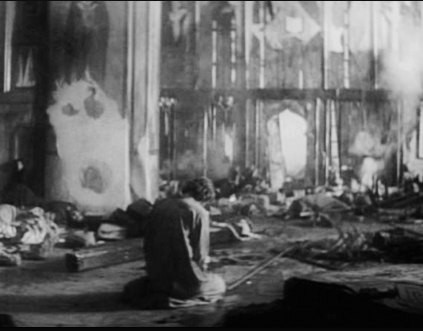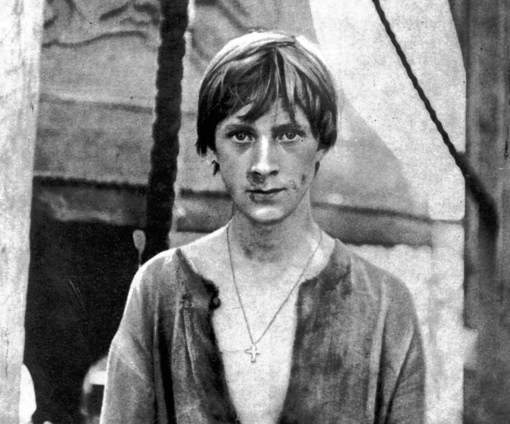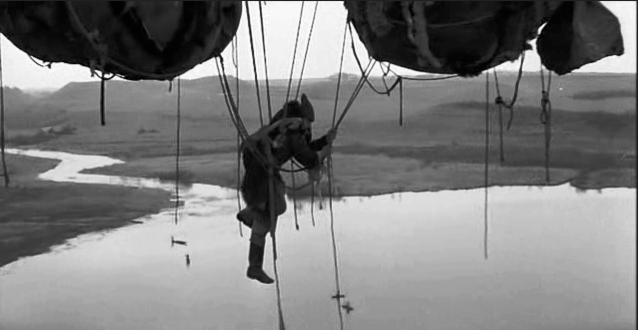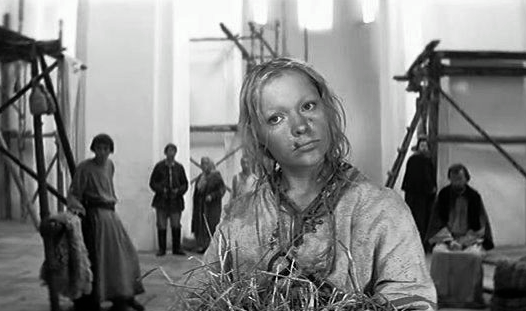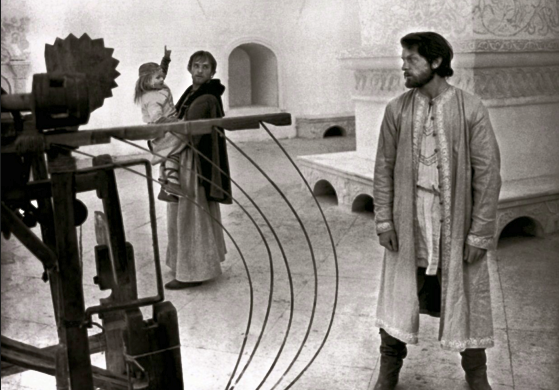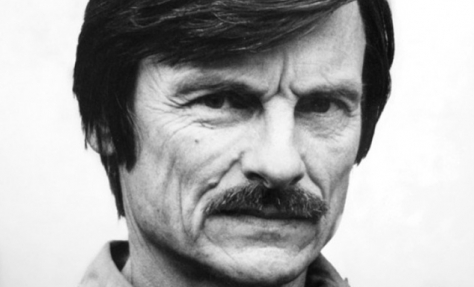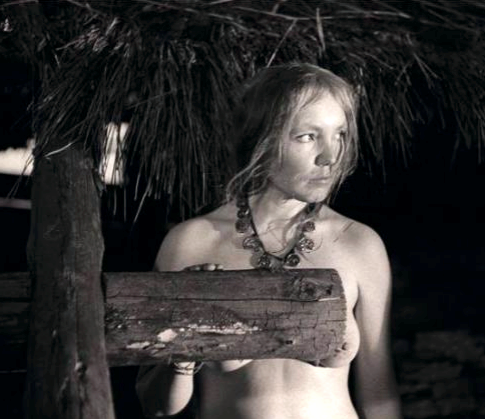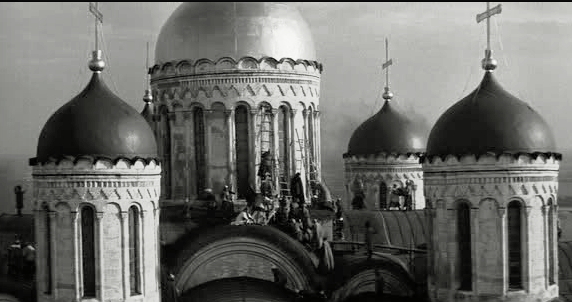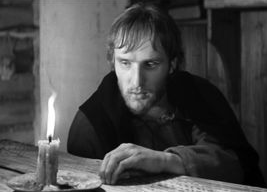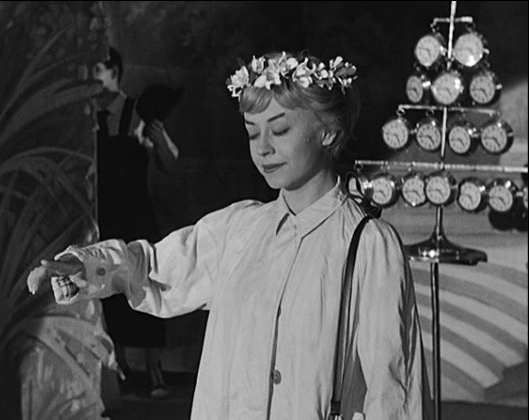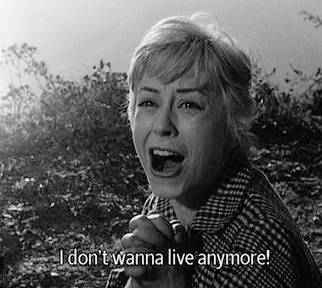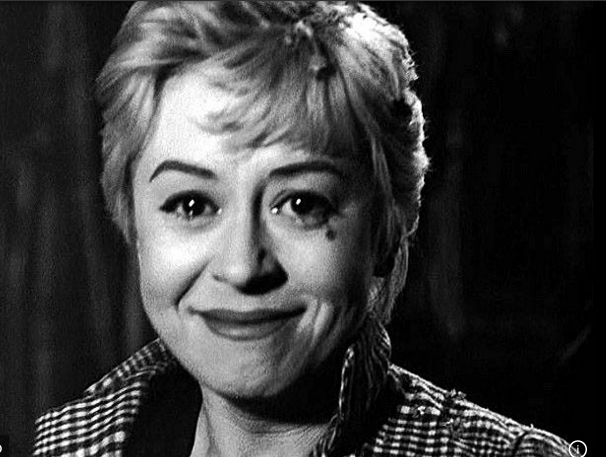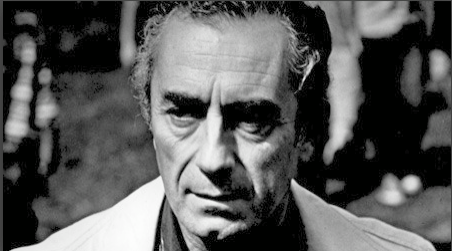Chronos & Topos: storytelling in the cinema of Fellini, Antonioni and Tarkovsky
on The Time-Space Continua of Fictional Worlds
Welcome to the discussion of the time-space continua of the symbolic journey. Please find below the full text of the paper on the chronotope in visual storytelling. The recent related essay “Mythopoetic Suspense, Eschatology & Misterium” (Routledge, 2020) may be found on the page ABOUT of this site (full text).
(Dear Visitors, it was recently brought to our attention that this article was assigned by some college and university professors as the reading to the students in their classes. If you read this paper for a classroom discussion, course papers or other purposes, please communicate your thoughts and comments by submitting a contact form on this site storytellingonscreen.com. We welcome your feedback!)
The article offers a comparative and architectonic analysis of the three screen stories: Nights of Cabiria (Federico Fellini, Italy, 1957), Outcry (or Il Grido, Michelangelo Antonioni, Italy, 1957), and Andrei Roublev (Andrei Tarkovsky, 1967, USSR). The image gallery below includes frames from these classical films and the portraits of their creators.
To read the article, click on its title or on the link below or the title to access the 39-page essay.
https://drive.google.com/file/d/0BxSsVpugTXCnMUgtT3ZvZWM2SGs/view?usp=sharing&resourcekey=0-1RNDRIoau0aQkDak0odPyw
"Storytelling in Time and Space: Studies in Chronotope and Narrative Logic on Screen" was published in Journal of Narrative Theory: Volume 37, Number 1, Winter 2007, pp 27-64. You can also read it via the Project MUSE, which makes journal articles available at most academic libraries.
See more on the time-space in the cinema art and media culture: the interactive and illustrated iBook by Lily Alexander Fictional Worlds, Vol. 1:
https://books.apple.com/us/book/fictional-worlds-i/id934411580 and
See also the new Routledge volume Navigating Imaginary Worlds (Ed. Mark J.P. Wolf, 2025) with the recent article on the themes of chronotope by Lily Alexander “Story Loops and Vicious Circles: Stories of Unfortunate Adventures in Romantic Tales” — on hamartiology and the failed adventures in the literature between the eras of the Baroque and Modernism.
See ABOUT page of this website for more: key aspects of the narrative chronotope and time-space continua in fictional world-building; examined in the study published in Revisiting Imaginary World (Routledge, 2017) and titled "FWB as Ritual, Drama, and Medium" (link to full text).
NB! The new expanded, interactive and illustrated version of this study is in the works. Check the NEWS page of this site for updates. (Meanwhile check out the new interactive and Illustrated edition of Fictional Worlds I: The Symbolic Journey & the Genre System on iTunes. You may click on SHOP: IBOOKSTORE in the menu above). The Fictional Worlds books offer examinations of additional types of the chronotope of the Journey World, mystery and film noir, as well as those associated with the symbolic transcultural "Odysseus" and "Penelope" figures. See ABOUT and NEWS for the information on the four new articles published in 2016 and forthcoming in 2017.
The article below, "Storytelling in Time and Space," may be of interest to all those who love the films of these remarkable artists: Fellini, Antonioni and Tarkovsky, and are eager to learn from them. It is also useful to writers, especially screenwriters, filmmakers, cinematographers and videogame designers.
The idea of distinctive time and space of every fictional world was proposed in the 1920s by Mikhail Bakhtin, who coined this term (chronos+topos = time and space). Note the diagrams in the article, which are meant to highlight the ways the artists design the time, space, and trajectories of movement, in their storyworlds. A keen and creative approach toward space and time in narrative and screen arts makes a story fascinating and compelling, without a need to spend money on exotic locales.
This article proposes and examines what I termed the "chronotope of rise and fall," a creative organization of narrative time-space, within which the main character's downfall and/or ascension - both physical and symbolic - take place. This chronotope helps to design dramatic action on-screen, highlight story content, and visualize its message.
This naturally brings us to the idea of "cliffhangers" in storytelling, and why they are more important that just being attention-getters, suspense-generators and the means of keeping audiences on the edge of their seats. There are more to the symbolic and physical "cliffhangers" than meets the eye.
This paper features and conceptualizes the "staircase model" of narrative chronotope, and shows how it is profoundly linked to the struggles of human beings, their choices and their fate. And certainly to their will for survival. A prostitute who wanders the streets of Rome, a good family man who was just dumped by his wife, and the genius of the Russian Renaissance are the protagonists of the three screen stories. These three compelling characters help their respective directors, as well as this author, to demonstrate how this "staircase" chronotope reinforces both dramatic tension and humanism in film art.
Ascending to heavens, climbing all sorts or magic plants and the tree of life, as well as descending to the underworld have been among the most important transcultural mythological motifs; later inherited by literature. The importance of staircase to the very art of cinema has been demonstrated by such masters as Eisenstein and Hitchcock, who very consciously approached this model of cinematic space with the full knowledge of its advantage.
Not to mention how important are for the visual arts and moving image: all diagonal compositions; the movements upstairs and downstairs, as well as the directions of the cine-eye or a camera gaze, with a wide range of its points of view, through the multiple levels of a staircase.
This 2007 article from JNT explores a "chronotope of rise and fall," as well as the ascension and descension in the storyworld, adding a vertical dimension to a journey's narrative space. (Typically the Journey is discussed in the contexts of the road, maze or circles; but rarely as a "staircase"). This model shows the practical ways of designing a time-space of a new story, and is very important to videogames with their movement through the levels and for science fiction with its spacecrafts and flights.
Given the space constraints of the print edition of Fictional Worlds, I had to put aside all sections on the chronotope. It made sense to focus first on the important subjects of community-building and genres. However, there are many interesting chronotopes to consider in contemporary storytelling on screen. Several sections already written on the time-space continua of fictional worlds, will hopefully lead to a different new book. (Check the NEWS page of storytellingonscreen.com).
This publication is available through the Project MUSE. While this paper explores the time-space continua of the storyworlds on-screen, please note that this stand-alone article is NOT included in the print volume or the digital editions of Fictional Worlds.
Click above on the title of the article to read on the google viewer or click below on the widget to read on the issuu viewer (make sure to make text larger, if you wish, and turn off the issuu ads).
You can come back here to read this article anytime. Comments are welcome! Back to M

